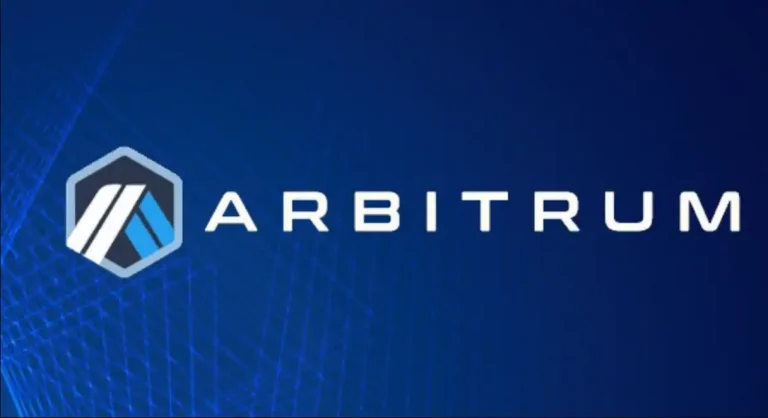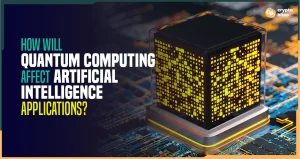
What is Arbitrum? The Ultimate Guide To This Layer 2 Solution
Ethereum is doubtless one of the world’s most popular cryptocurrencies, but it’s not without its issues.
While ETH’s recent merge saw the blockchain switch from a PoW to a PoS set-up, it’s yet to solve two of the blockchain’s most pressing hang-ups. Issues such as Ethereums’ notorious high gas fees and network congestion, both of which have arguably kept it from growing at a much faster rate.
The good news is that Ethereum has more updates planned for the future that will hopefully solve its scalability issues. In the meantime, several layer 2 solutions like Arbitrum are stepping up to help.
What are layer 2 scaling solutions?
Simply put, layer 2 blockchains are third-party integrations built on top of a layer 1 blockchain like Ethereum. For a more in-depth description of how blockchain layers help each other out, check out our post on blockchain layers.
But for now, imagine ETH as a hectic store that can’t quite keep up with demand and is suffering as a result. Layer 2 solutions are like other stores that move next to them to help with the workload.
Different layer 2 solutions often approach the same problem in different ways. Arbitrum, for instance, is what’s known as a roll-up solution.
What’s an Ethereum roll-up?
Not to be mistaken for the far more delicious fruit roll-up, an Ethereum roll-up is a solution designed to make ETH transactions faster and cheaper. Built by the top-notch team of experts at Offchain Labs, Arbitrum has quickly become one of the most popular ETH scaling solutions.
But to understand how Arbitrum solves some of ETH’s biggest problems, you first need to understand the roots of its issues.
While Ethereum is an excellent blockchain with a ton of use cases, it can only process around 20-40 transactions in a single second. Considering that ETH is one of the most popular cryptos in the world, that’s not a lot.
The more people who want to process ETH transactions at any given moment, the more the competition grows. That’s when both fees and wait times begin to climb.
Why such a low number of transactions per second (TPS)?
Because part of Ethereum’s design requires that every node (the guardians of the ETH ledger) process every transaction in ETH history.
Imagine walking up to the checkout line at a store. But instead of just handling your current transaction, the cashier informs you they’re also going to have to validate every single transaction in the history of the entire store.
Super tamper-proof? Maybe. But also time-consuming as hell.
How does Arbitrum fix the issue?
Imagine that while waiting your turn in the checkout line mentioned above, a guy appears and whispers, “Psst, I can help you over here.”
So, you follow him over to a store attached to ETH “R” Us. He informs you that he will assume that all the store’s previous transactions are legit unless someone says otherwise.
That’s the idea behind Arbitrum’s roll-up feature. It “rolls up” all of those previous transactions so it can take care of the one you’re interested in right now.
While Arbitrum can handle all the same transactions as you’d typically process directly on the ETH blockchain, its “checkout line” is a lot faster and cheaper.
Is Arbitrum less secure than Ethereum?
The whole “innocent until proven guilty” outlook makes a lot of sense as far as efficiency is concerned. But does it come at the expense of Ethereum’s insanely thorough security measures?
Surprisingly, no. While Arbitrum is pretty chill as far as assuming things are all good, it can also get feisty when someone launches a fraud allegation.
One of Arbitrum’s key features is the ability to dispute transactions. Should someone claim that they’ve been had in the Arbitrum checkout line, their claim will be investigated on the Ethereum network.
There the entire roll-up can be examined for any signs of sketchiness. Should a fraudulent transaction be found, it will be voided, and the person responsible will be penalized financially.
Arbitrum’s many superpowers
If all this sounds awesome, it’s time to get even more excited because Arbitrum just got more fantastic. It recently underwent a significant upgrade called Nitro that made it even cheaper, more compatible, and easier to use.
If you’re a developer, then it’s also worth checking out Arbitrum Nova. Developers can now build on the AnyTrust chain as simply as they would on Ethereum.
Nova’s got you covered if you’re looking to cut gas costs and power high-transaction rates without sacrificing security.
Designing a new game? Give your players the ability to mint their asses off without worrying about network congestion.
Got a social project you want to infuse with a bit of crypto magic? Nova offers on-chain solutions that power systems like Reddit’s Community Points.
NFTs. Nova’s gotcha with great blockchain dApp solutions that can help users avoid going broke over gas fees.
As you can see, Arbitrum’s covered the bases when it comes to fixing some of ETH’s biggest cons. However, Ethereum still has some future upgrades in the works, and it will be interesting to see whether they affect scalability.
But solutions like Arbitrum mean there’s no need to wait to start enjoying a better ETH today.
Sources
https://ethereum.org/en/upgrades/merge/




